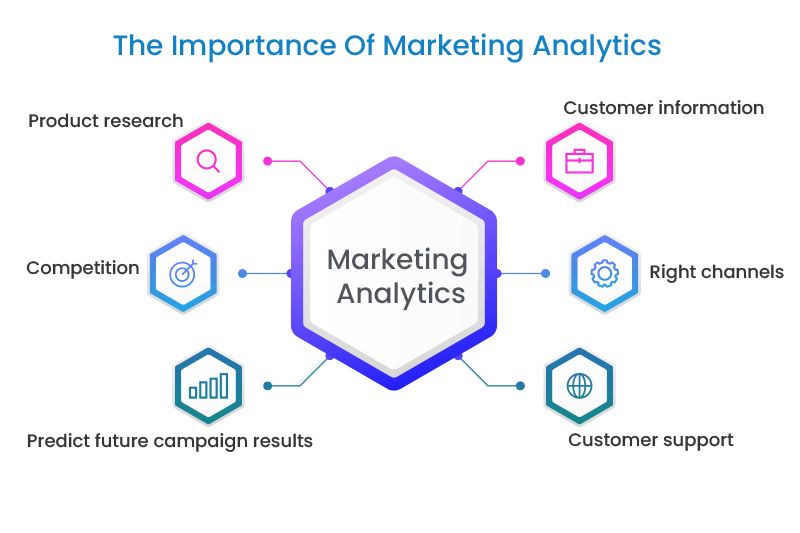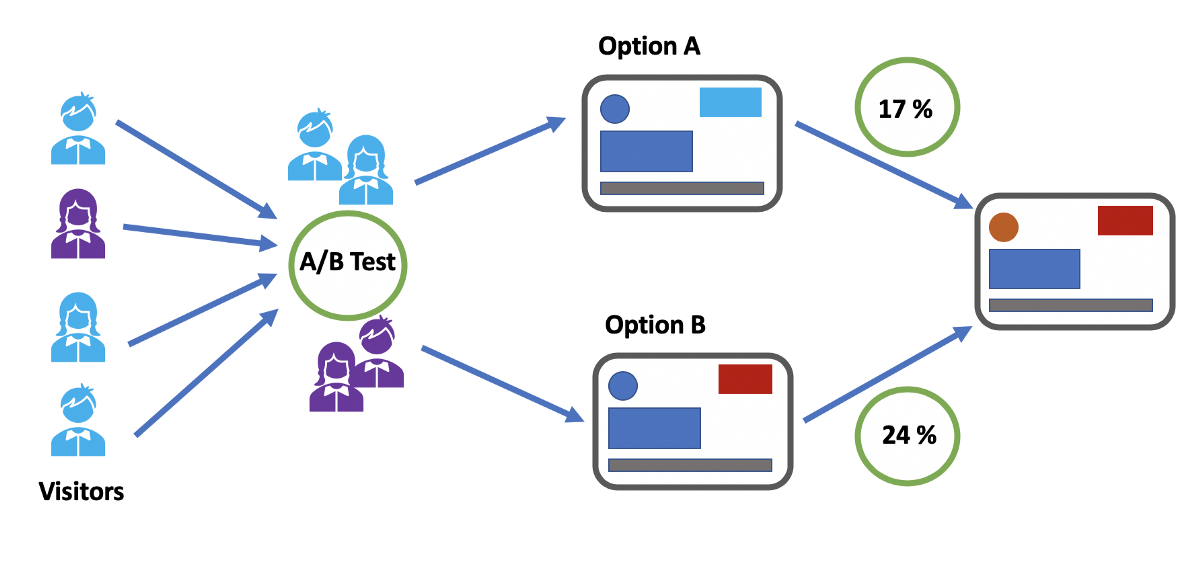Lead Prospecting
By observing previous data (clicks, visitors, viewers, demographics, job titles, etc.), a campaign manager can more easily identify qualified leads. Data and its hidden insights can then be leveraged to design campaigns that fit the targets’ needs.


A/B Tests
An A/B test is a way of testing a hypothesis by comparing user interactions with a changed version of your website or product to an unchanged version. For instance, if you hypothesize that users would be more likely to click a button on your site if it were blue instead of red, you could set up an A/B test in which half of your users see a red button (the control group) and half see a blue button (the test group). The data collected from the two groups’ interactions would show if your hypothesis was correct. A/B tests can be a great way to test ideas and gather behavioral data.

Demand Forecasting
Firms can observe previous trends and fluctuations that can impact campaigns and promotions. From there, it can anticipate demand and know-how and where to allocate its media budget. In order to achieve business growth and higher Return On Investment ROI, a firm must be aware of certain facts first. Marketing analytics is the study and observation of data to extract insights. Thus, it is very important to make sure to use the right data. It should be error-free, comprehensive, accurate, and precise. If high-quality data is not used, it might not be relevant to the analysis.

